Term 2 Unit 1 | Civics | 7th Social Science - State Government | 7th Social Science : Civics : Term 2 Unit 1 : State Government
Chapter: 7th Social Science : Civics : Term 2 Unit 1 : State Government
State Government
CIVICS
Unit –I
State Government
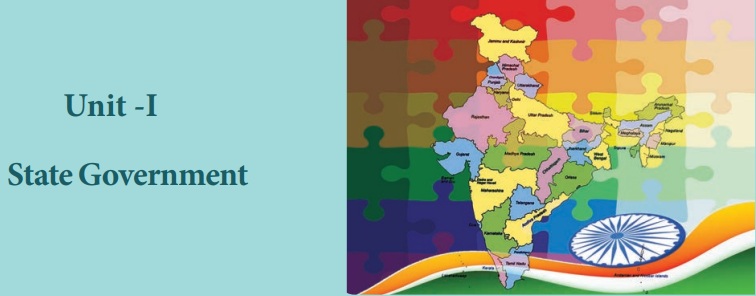
Learning Objectives
•
Recognise the difference between Parliament and State Legislature
•
Understand the election procedures
•
Know the powers and functions of Governor and Chief Minister
•
Wonder how the Government works
•
Identify the three main organs of the government – the legislative, executive,
and judiciary
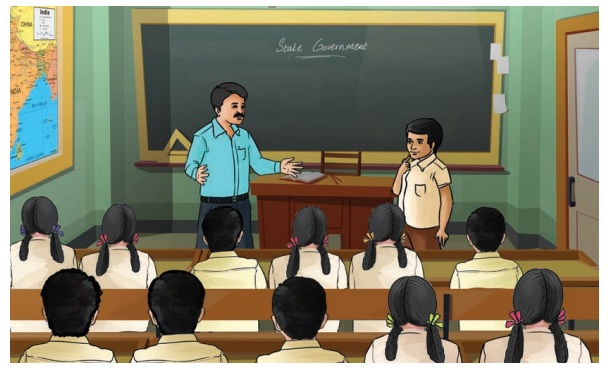
Teacher: Good Morning my dear students.
Students: Good morning teacher / sir.
Teacher: (after taking attendance) All are present
today. Very good. Coming Monday we have a function in our school. All Should be
present on that day without fail.
Yogitha: Do we have
any cultural programme?
Teacher: Yes. We are
going to open the new building of our school.
Students: Yeah! We
are going to a new class room!
Muthu: Who will
be the Chief guest?
Teacher: We have invited
our MLA as the chief guest for the opening ceremony.
Rahim: MLA. I have
heard. But I don’t know who is he?
Teacher: MLAs are
representatives of the people. He is one among us. He is the Member of Legislative
Assembly.
Saran: What is
Legislative Assembly? Will you explain in detail?
Teacher: Sure. (showing
pictures of fort St. George, Assembly session, Chief Minister and other ministers)
Meena: What is that
building? Where is it? It looks like a fort.
Teacher: Yes. You
are correct. It is a fort inChennai. First English fortress inIndia. The fort currently
houses theTamil Nadu legislative assembly and Secretariat of Tamilnadu.Legislative
Assembly has the lower house where all the MLAs meet to discuss various matters
related to the welfare of the state.
Kayal: Who will
be there in that Legislative Assembly?
Teacher: Listen! India
has separate system of administration for the Union, States and Union territories.
Do you know how many states and union territories are there in India?
Ravi: Shall I tell?
29 states and 7 union territories including our capital territory Delhi?Am I right
teacher?
Teacher: Exactly. As I said
already power is divided between two sets of governments one at the central in Delhi
and separate governments for all the states. This is called as federal system. India
is a Parliamentary democratic republic where the President of India is the Head
of Indian Union and the Prime Minister and all the Ministers are responsible for
smooth running of the government. This is called central government.
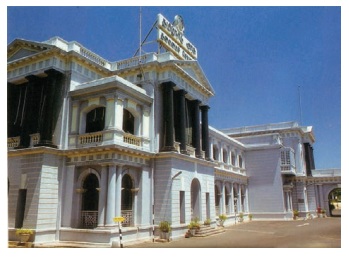
Nila: Do we have a separate government for
states?
Teacher:
Yes. All the states and union territories
have separate governments to run its own administration. Governor, Chief Minister
and all the ministers constitute the Government. The member of the Parliament is
called MP whereas the member of theLegislative Assembly is called MLA. Both the
Central and State Governments work according to our constitution.
John: Oh! Is MLA going to inaugurate the function?
Who appoints him?
Teacher:
No my child. MLAs are not appointed.
They are elected by the people through general election. In the previous lesson
we have studied about the political parties. Do youremember?
These political parties play a vital role in election. For election, the entire
state is divided into several constituencies on the basis of the population. Political
parties nominate their candidates to each constituency. All the people residing
in that constituency who has completed 18 years of age cast their vote. The candidate
who gets the more number of votes is declared as elected and becomes MLA. The Election
Commission of India conducts and monitors the elections. After the election the
party which gets the more number of MLAs is declared as the majority party. The
Governor calls the leader of the majority party to form the state government. In
simple words a party whose MLAs has won more than half the number of constituencies
inthe state are called ruling party and forms the government. And the party which
gets the total number of seats next to the majority party, acts as an opposition
party in the legislature. But all the MLAs of other political parties who do not
belong to the ruling party are called opposition party.
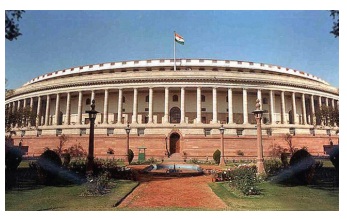
Shanmi: It’s very
interesting to hear. Who are all included in the State Government?
Teacher: The Governor,
the Chief Minister, Council of Ministers. The Governor is appointed by the president
of India for the term of five years. The leader of the majority party is appointed
as the Chief Minister by the Governor. The Chief minister in consultation with the
Governor, constitutes a cabinet which includes members ofhis party as ministers.
The term of the office is five years.
Laya: Teacher! Shall
I become the Governor? Or Chief Minister?
Teacher: Why not?
My child! That is very simple. To become a Governor, you should be the citizen of
India and should have completed 35 years of age and should have sound mind. And
should not hold any public office of profit.
To
become a Chief Minister, youshould have completed 25 years of age and should be
an MLA or in case of an MLC should have completed 30 years of age.
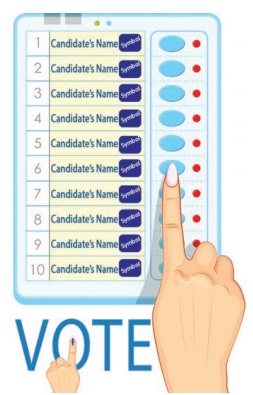
Arya: Who is an
MLC? I never heard.
Teacher: Usually a
state Legislature has two houses. Upper House and Lower House. This is called Bi-cameral
Legislature. Upper House is called Legislative Council. The members are called MLCs
and they are not elected directly by the people. The Lower House is called Legislative
Assembly. The members are called MLAs. As I said earlier they are directly elected
by the people.
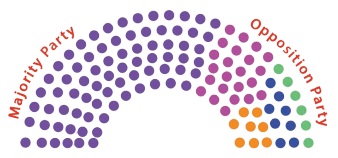
In
India some of the states have two houses in their state legislature. But in Tamil
Nadu we have Lower House only. This is called unicameral Legislature.
Ammar: Oh! Now can
you please tell me the powers and functions of Governor and Chief Minister?
Teacher: Sure. The
Governor is an integral part of the State Legislature. Governor is the head of the
state executive and he has enormous powers. All the administration is carried on
in his name. He is the chancellor of Government universities in the state. All bills
become law only after his assent. He appoints important officials of the state government
such as advocate General, Chairman and members of State Public Service Commission,
State Election Commissioner, Vice chancellors of state universities etc.
The
Chief Minister is the real executive head of the state administration. He allocates
the portfolios among the ministers. The Council of Ministers are collectively responsible
to the State Legislature. All the ministers work as a team under the Chief Minister.
The Chief Minister formulates programmes and policies for the welfare of the people
of the state. The council of Ministers is collectively responsible to the Legislative
Assembly of the state.The three main organs of government are the legislative, executive
and judiciary. The legislative branch makes laws, the executive branch enforces
the laws, and the judiciary interprets the laws.
Nandhu: Judiciary.
Are you saying about the courts teacher?
Teacher: Yes. The High courts are the highest judicial organ at the State level. It is an independent body.
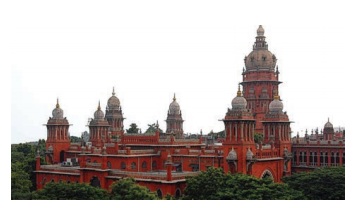
As
per the constitution there shall be a High Court in each state. The state high court
consists of a Chief Justice and other judges. The number of Judges in the high court
is not uniform and fixed. President appoints the Chief Justice and can hold the
office until he completethe age of 62 years. Apart from High court there are district
courts and tribunals. They ensure justice to the people without any bias. Apart
from this, Family Courts are established to settle the disputes relating to marriages
and family affairs.
Lok
Adalat (people’s court) also have been established by the Government of India to
settle dispute through conciliation and compromise.
Children: This topic
is very interesting to hear. Thank you very much teacher.
Teacher: Thank you children. A cultural programme is being allotted to our class for the inaugural function. So let us think. We have to practice and perform well.
Summary
1.
India is divided into 29 states and 7 Union territories. Each state has a legislative
assembly.
2.
State executive comprises the Governor and the Chief Minister with his Council of
Ministers.
3.
The head of the state is the Governor. And he is appointed by the President for
a period of five years. He is an integral part of the State Legislature.
4.
The real executive power in a state in India vests with the Chief Minister. The
leader of the majority party is appointed as Chief Minister.
5.
The Chief Minister and the Council of Ministers are collectively responsible to
the State Legislature.
6.
The High courts are the highest judicial organ at the state level. State High courts
have jurisdiction over the whole state.
Glossary
1. Legislative: law making body சட்டமன்றம்
2. Cabinet: the committee of senior ministers மந்திரிசபை
3. Executive: administrative நிர்வாகம் சார்ந்த
4. Judiciary: a system of courts of law நீதித்துறைற
ICT CORNER
State Government
Let’s know about
our state government departments

PROCEDURE :
Step 1: Type the following URL http://www.tn.gov.in or scan the QR code
given below to view the home page of the Government of Tamilnadu website.
Step 2: Click ‘Departments’ which is listed below the title ‘Government’.
Step 3: You can see the list and link of various departments of our
Government.
Step 4: Click on a particular department to know about its Minister’s
name with image, Secretary to.
Government, their contact numbers, department profile..etc…

State Government URL:
http://www.tn.gov.in or scan the QR
*Pictures are indicative only
*If browser requires, allow Flash Player
or Java Script to load the page.
Related Topics